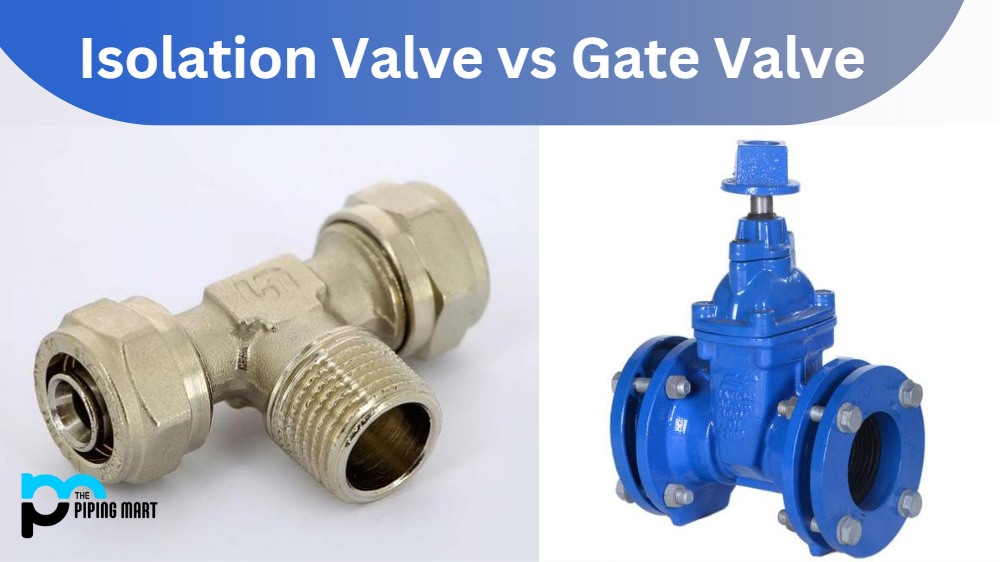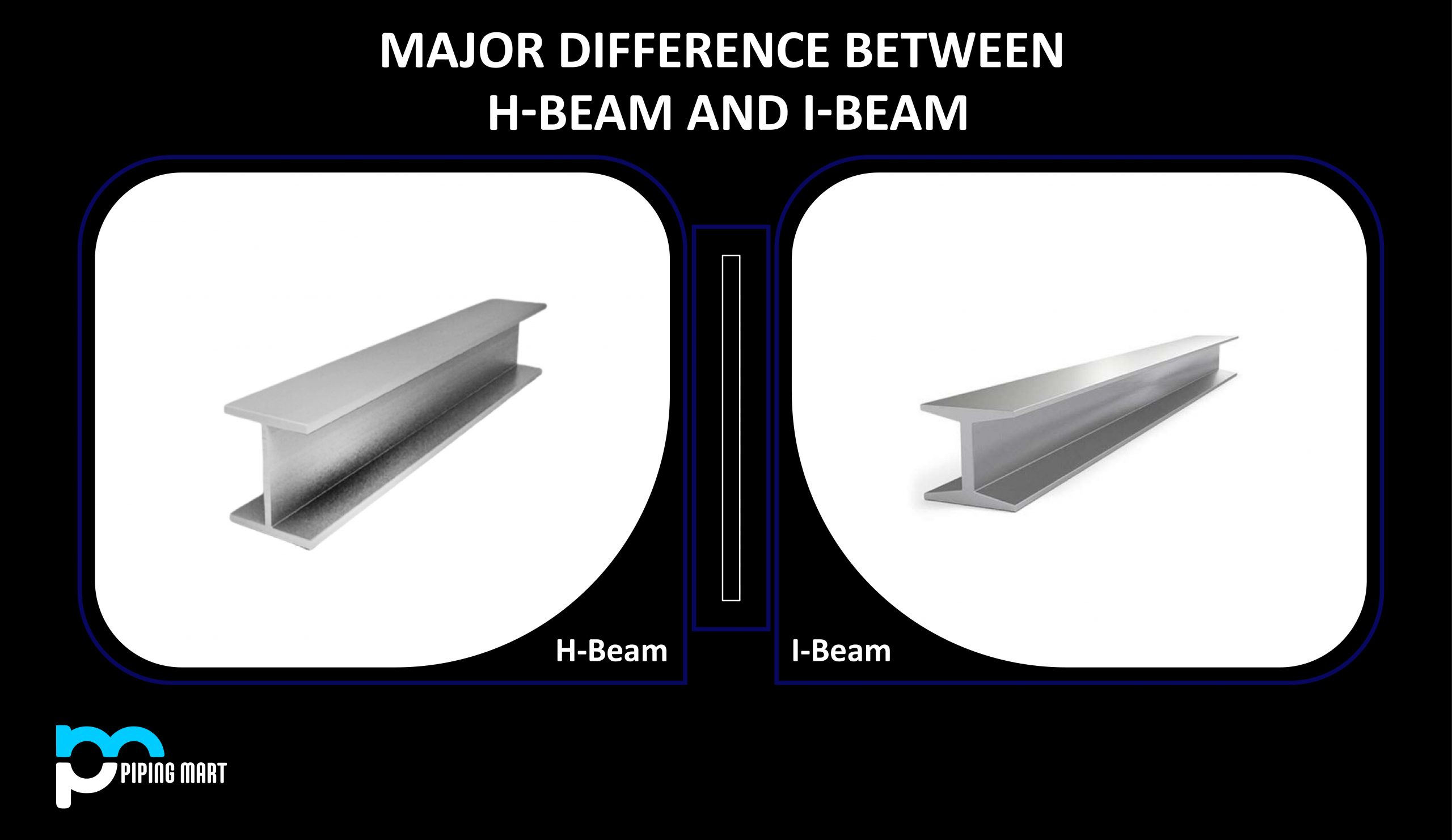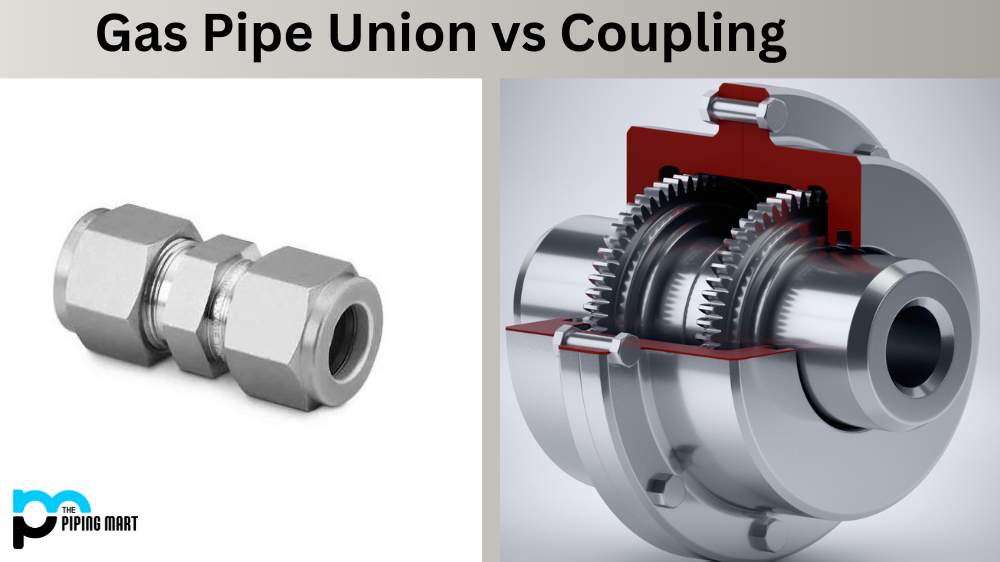When choosing the correct valve for a particular application, many factors come into play. Two commonly used valves are isolation valves and gate valves. They both serve the purpose of regulating the flow of fluids but have different designs and functionalities. This blog will discuss the differences between isolation and gate valves and help you choose the correct valve for your application.
Isolation Valve Design and Functionality
Isolation valves are designed to completely isolate a section of a pipeline to allow for maintenance or repair work. They have two openings that are parallel to each other and are widely used in the oil and gas industry. Isolation valves create a barrier between the upstream and downstream flow, shutting off the flow completely. They are made of hot forged steel, making them reliable and robust.
Gate Valve Design and Functionality
Gate valves work by lifting an internal gate that regulates fluid flow. They have a perpendicular opening and closing motion, making them ideal for on/off operations. They are commonly used in the water industry and household plumbing systems. The gate valves come in two types: rising stem gate valves and non-rising stem gate valves. Rising stem gate valves are more expensive and require more maintenance, and they are primarily used in high-pressure and high-temperature applications. Non-rising stem gate valves are commonly used in homes because they require less maintenance and are less expensive.
Difference Between Isolation Valve and Gate Valve
When choosing between isolation and gate valves, it is essential to consider the application they will be used for. Isolation valves are ideal for applications requiring complete flow shut-off, such as maintenance and repair work in the oil and gas industry. On the other hand, gate valves are suitable for applications where a moderate to high flow rate is required, such as household plumbing and water treatment plants.
Maintenance and Repairs
Isolation valves require regular maintenance to ensure that they function effectively. They should be inspected and tested to ensure they remain in good working condition. Furthermore, isolation valves must be checked for leaks and corrosion, which can cause significant damage to the valve if not addressed promptly. Gate valves, on the other hand, are low-maintenance valves, but they can become difficult to operate if not used regularly. This is because the thread in the stem can become stuck if not used for an extended period.
Other Differences
- Isolation valves isolate a section of piping or equipment from the rest of the system.
- Gate valves are used to control the flow of fluid through a pipe.
- Isolation valves are typically installed in systems where isolating a section of piping for maintenance or repair is essential.
- Gate valves are typically installed in systems where it is essential to be able to control the flow of fluid through a pipe.
- Isolation valves are available in various materials, including metals and plastics.
- Gate valves are available in various materials, including metals and plastics.
- Isolation valves are typically operated manually, while gate valves can be used manually or automatically.
- Gate valves are typically installed upstream of isolation valves to provide additional control over the system.
Conclusion
In conclusion, isolation and gate valves work differently and are designed to meet specific requirements. While isolation valves are ideal for applications that require a complete shut-off of flow, gate valves are suitable for installations that require moderate to high flow rates. Understanding the differences between isolation and gate valves is essential when choosing the correct valve for your application. In addition, proper maintenance and testing of these valves can help to extend their lifespan and prevent any damage.

A passionate metal industry expert and blogger. With over 5 years of experience in the field, Palak brings a wealth of knowledge and insight to her writing. Whether discussing the latest trends in the metal industry or sharing tips, she is dedicated to helping others succeed in the metal industry.




